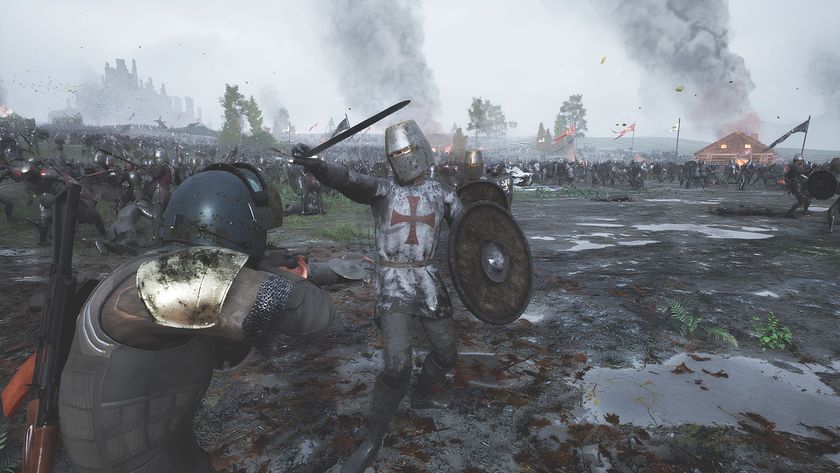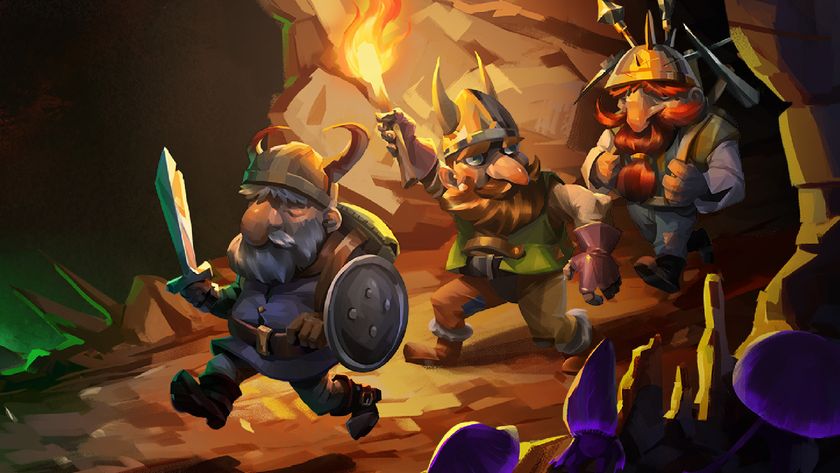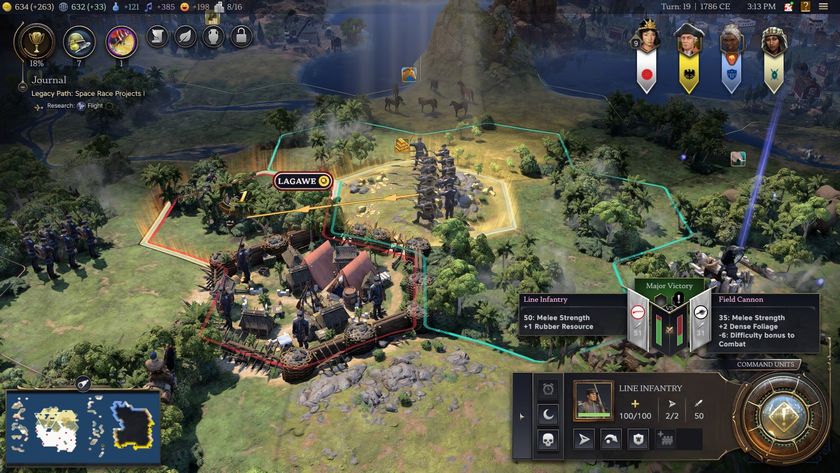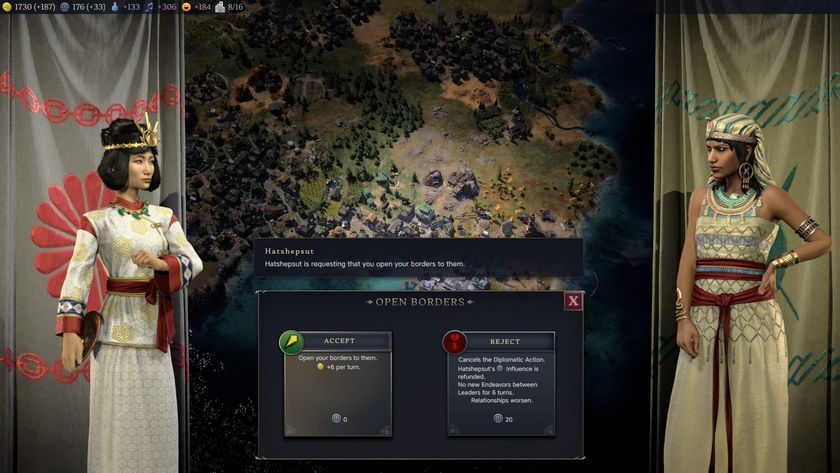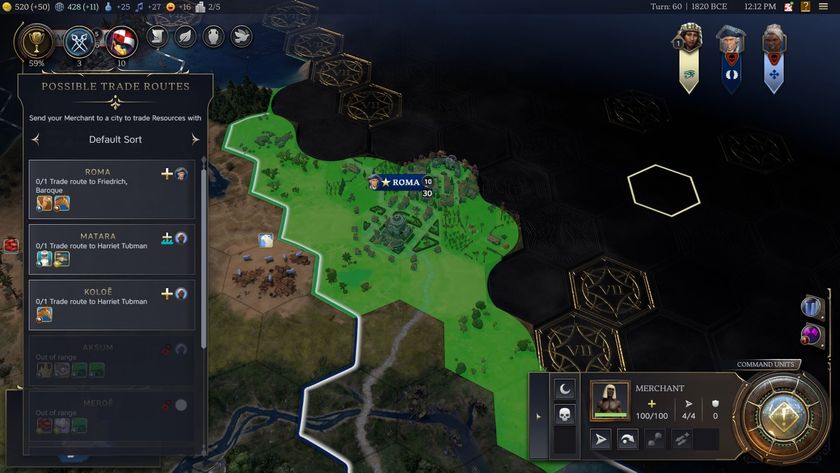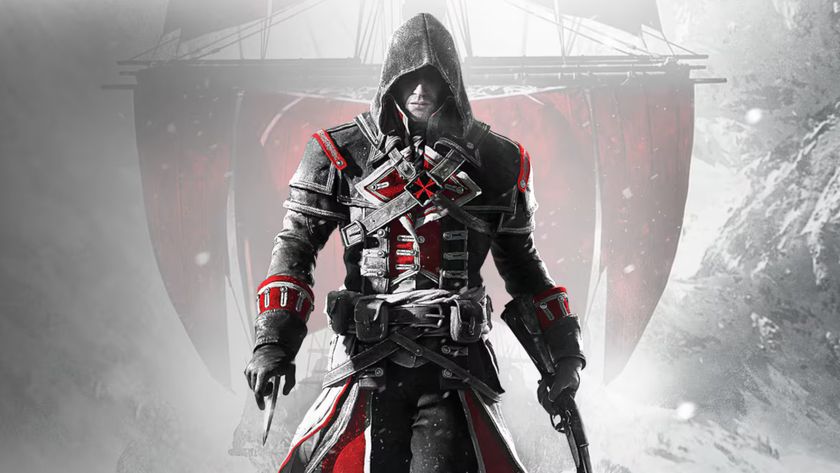War Front strategy guide - unit analysis
Every unit poked and prodded for strengths and weaknesses
Allied Forces
Strength: Air Power
Motto: “Death From Above”
Most Appropriate For: Novice to Intermediate Skill Levels
MG Infantry
Cost: $100
Army Points: 1
Hit Points: 60
The basic foot soldier of the Allied forces can be produced cheaply and fairly quickly. MG Infantry are effective against enemy infantry and light vehicles.
Bazooka Trooper
Cost: $185
Army Points:
Hit Points: 80
The firepower wielded by Bazooka Troopers allows them to take out both installations and lightly armored enemy vehicles.
Ranger
Cost: $300
Army Points: 2
Hit Points: 75
Sign up to the 12DOVE Newsletter
Weekly digests, tales from the communities you love, and more
Rangers are the Allied army%26rsquo;s elite foot soldiers, equal to any enemy troops they might face.
Halftrack
Cost: $800
Army Points: 2
Hit Points: 210
This speedy truck serves double-duty: It can carry up to 12 soldiers, and wields a machine gun that can take out infantry and light armor.
Bofors
Cost: $600
Army Points: 2
Hit Points: 200
Bofors was one of the first names in anti-aircraft weaponry%26mdash;so much so that AA guns in general were called Bofors even when they were produced by another manufacturer. Used by both sides during World War II.
Matilda
Cost: $500
Army Points: 3
Hit Points: 200
The main tank of the British army at the outbreak of World War II came in several variations, with the Matilda II playing a key role in the North African campaign. As newer German tanks were produced, however, the Matilda proved much less of a threat, and it was phased out of service by 1943.
Sherman
Cost: $1020
Army Points: 3
Hit Points: 300
First used in Operation Torch, the Allied invasion of North Africa in November, 1942, the M4 Sherman was the WWII equivalent of the Chrysler K car: It could be manufactured quickly and easily, was reliable in the field, simple to service, and its chassis served as the basis for thousands of other armored vehicles. Early-model Shermans could be easily %26ldquo;brewed up%26rdquo; by German Panther and Tiger tanks, quickly earning them nicknames like %26ldquo;Tommycookers%26rdquo; and %26ldquo;Ronsons%26rdquo; (after the cigarette lighter guaranteed to light up on the first attempt). In War Front, the Sherman is still inferior to its Russian and German counterparts, but not to that extent.
Calliope Sherman
Cost: $1562
Army Points: 5
Hit Points: 300
By mounting a rack containing 60 4.5%26rdquo; rockets atop a Sherman, the Allies transformed an infantry support tank into a self-propelled artillery piece, dubbed the %26ldquo;Rocket Launcher T34 Calliope.%26rdquo; The shock effect of this many rockets hitting an enemy location is hard to underestimate, and the Calliope played an important part in the breakthrough in the Po Valley in Italy.
Pershing
Cost: $1617
Army Points: 6
Hit Points: 450
Officially known as the T26 and called the %26ldquo;Pershing,%26rdquo; this was originally designed as a heavy tank and did not reach the battlefield in Europe until near the end of the fighting, in February 1945. Its much more powerful gun made it clearly superior to even %26ldquo;upgunned%26rdquo; Shermans, and it could go toe-to-toe with the German Tiger I and Panthers it faced. It eventually saw service in the Korean Conflict, where it chalked up admirable kill rates against Russian-made T-34/85s deployed by the North Koreans.
Priest
Cost: $700
Army Points: 3
Hit Points: 200
This American-made self-propelled artillery piece was designated the M7, but the British dubbed because the ring surrounding its .50-caliber machine gun resembled a pulpit (and also because it replaced the %26ldquo;Bishop%26rdquo;).
M40
Cost: $1254
Army Points: 5
Hit Points: 350
Packing a 155mm gun, the M40 self-propelled artillery vehicle actually saw very little action in World War II, but it was used by Allied forces in Korea and was adapted for later use by the British. It was officially known as the %26ldquo;155mm Gun Motor Carriage M40,%26rdquo; which would probably have been shortened to a catchy nickname like %26ldquo;Priest%26rdquo; or %26ldquo;Bishop%26rdquo; if it had seen more action.
